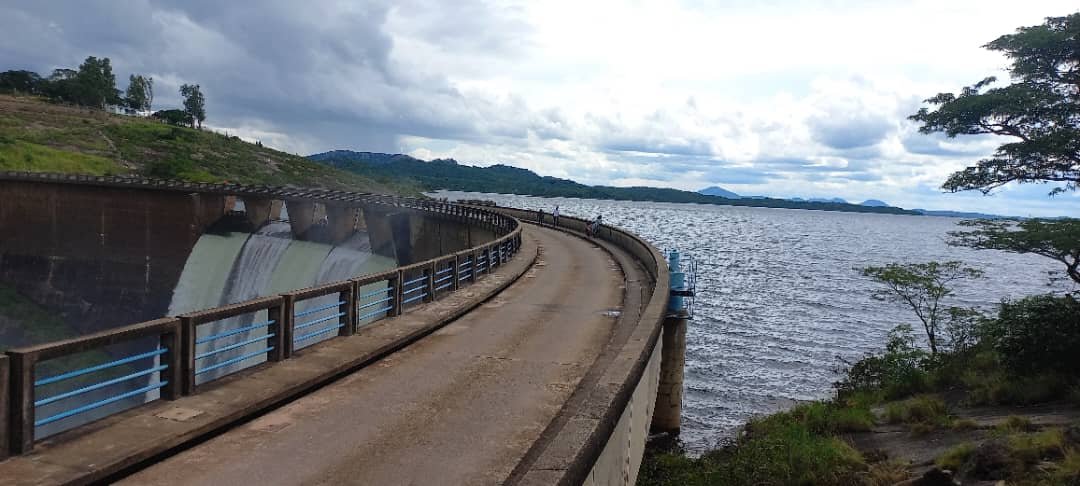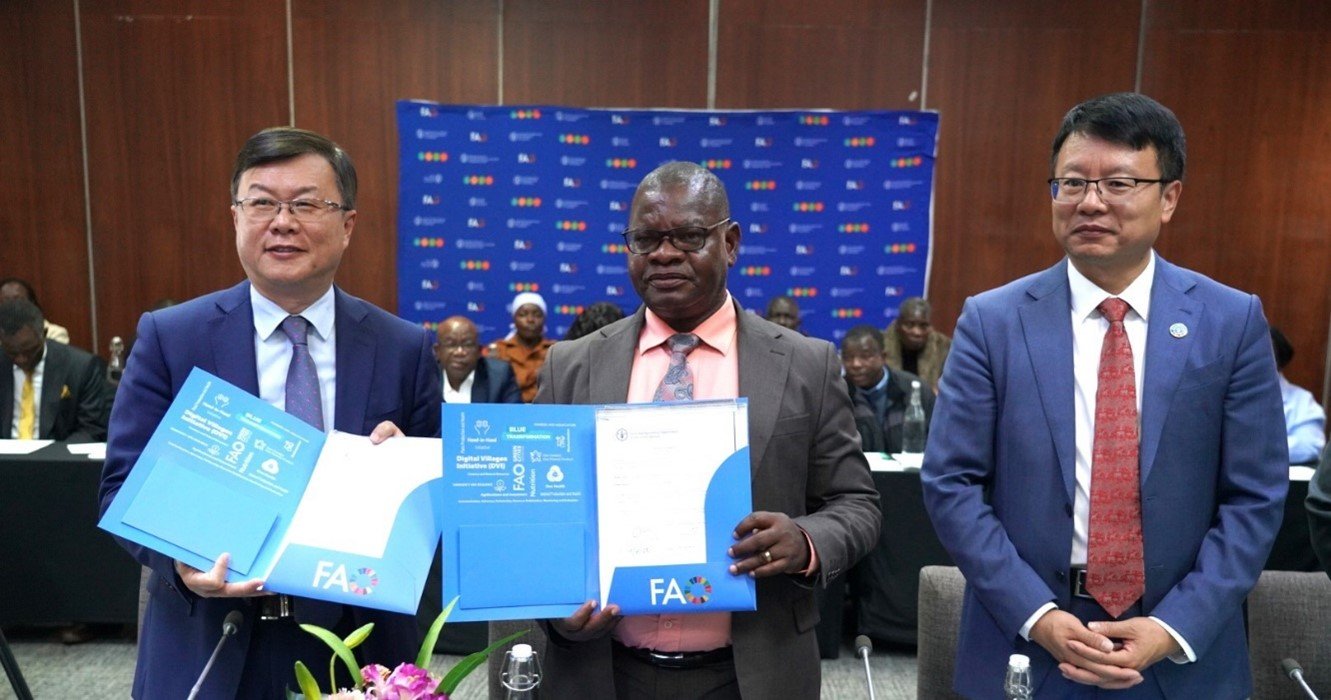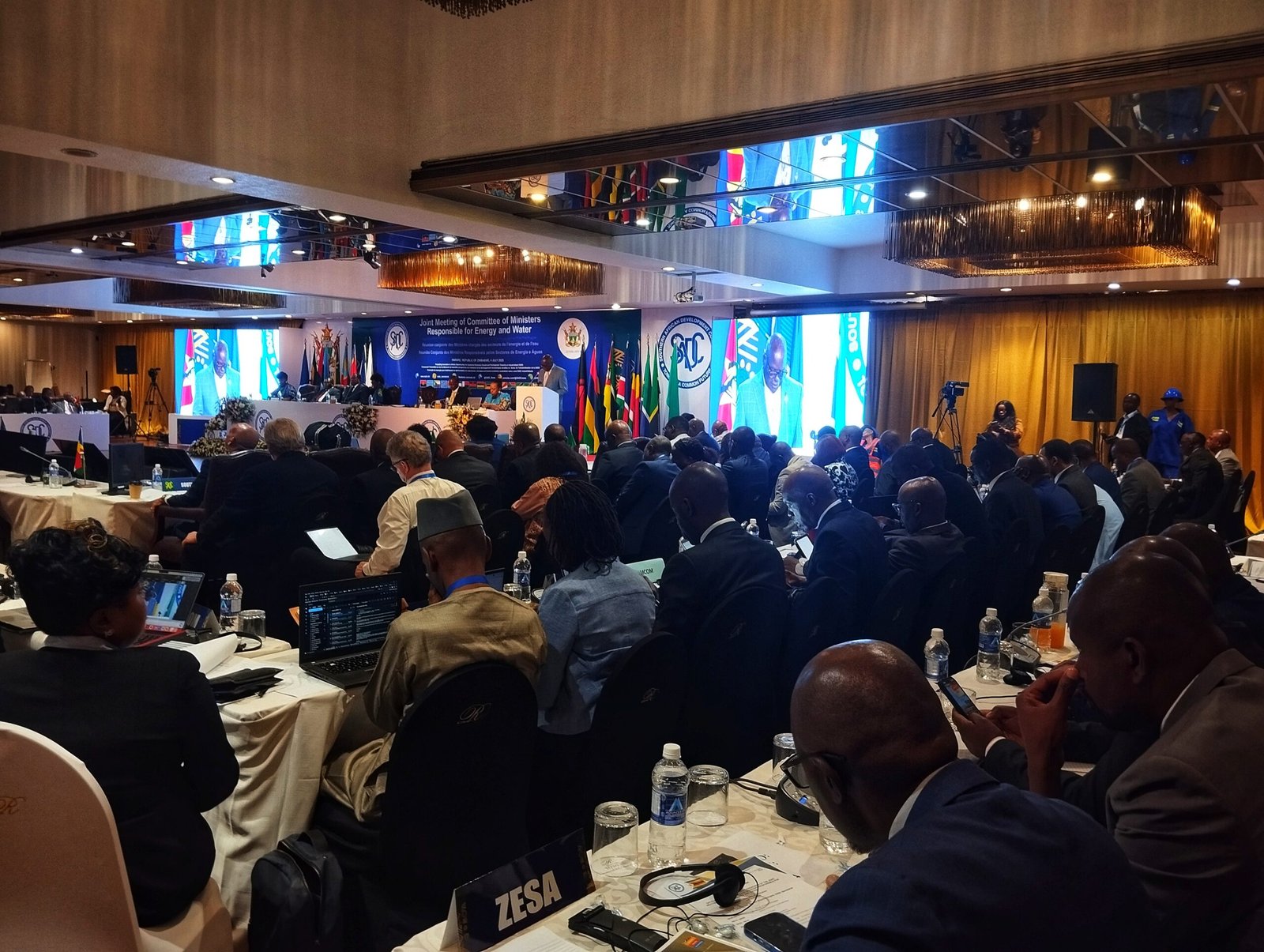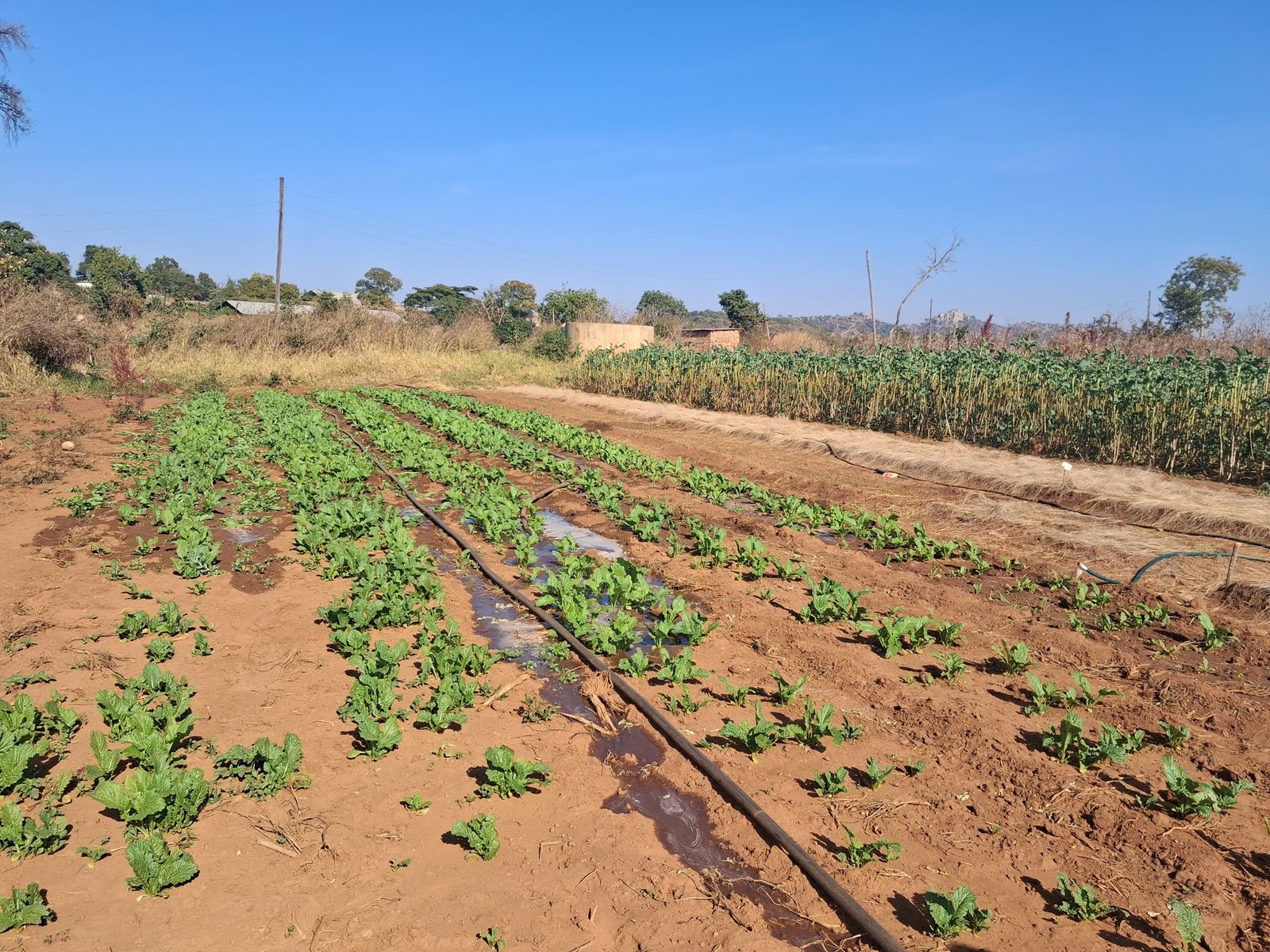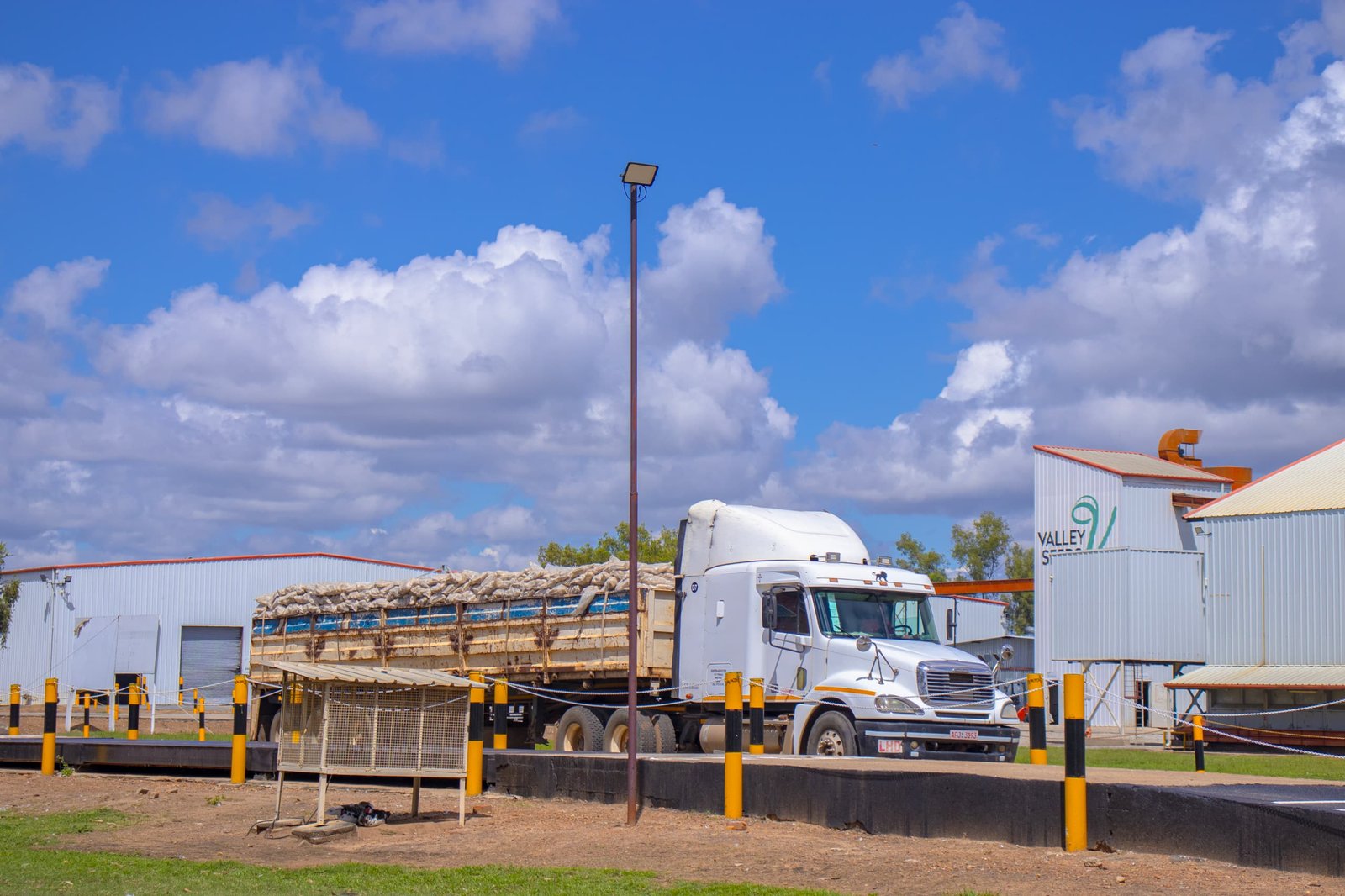Major dams across Zimbabwe have seen a significant rise in water levels, with some reaching full capacity, according to the latest statistics released by the Zimbabwe National Water Authority (Zinwa). The data highlights improved water security in parts of the country, though some regions continue to face critical shortages.
Lake Mutirikwi and Silalabuhwa Dams have hit 100 percent capacity, marking a strong recovery after months of fluctuating levels. Other major dams, including Manyuchi (99.5 percent) and Tugwi-Mukosi (96 percent), have also recorded notable increases, boosting water reserves for agricultural and domestic use.
However, the picture remains uneven. Inyankuni Dam is at just 9.8 percent capacity, while Lower Ncema stands at a critically low 7 percent, raising concerns over water supply in their respective regions. Upper Ncema (35.2 percent), Mzingwane (33.3 percent), and Mazowe (32.8 percent) also remain below optimal levels, necessitating continued monitoring and conservation efforts.
On a more positive note, Zhovhe (92.6 percent), Masembura (93.1 percent), and Arcadia (82.6 percent) have recorded substantial water retention. Urban supply dams such as Chivero (73.2 percent) and Upper Insiza (75.4 percent) indicate stable conditions for major cities, including Harare and Bulawayo.
The latest statistics reflect a significant improvement from the dry spells that previously threatened agricultural productivity and water supply. However, authorities remain on high alert for regions with persistently low levels, where water rationing may still be necessary.
Experts remain hopeful that more dams will reach full capacity in the coming months, ensuring a stable water supply for households, irrigation, and hydropower generation.
“While the recovery in some dams is encouraging, we must remain vigilant in areas still facing shortages. Conservation efforts and careful management are critical to ensuring water security for all,” said a Zinwa spokesperson.
The improved water levels come as a relief to farmers and urban residents alike, though the disparity between regions underscores the need for sustained efforts to address water challenges across the country.

